Home>Gardening & Outdoor>Landscaping Ideas>What Is The Difference Between Grass-Fed Beef And Regular Beef
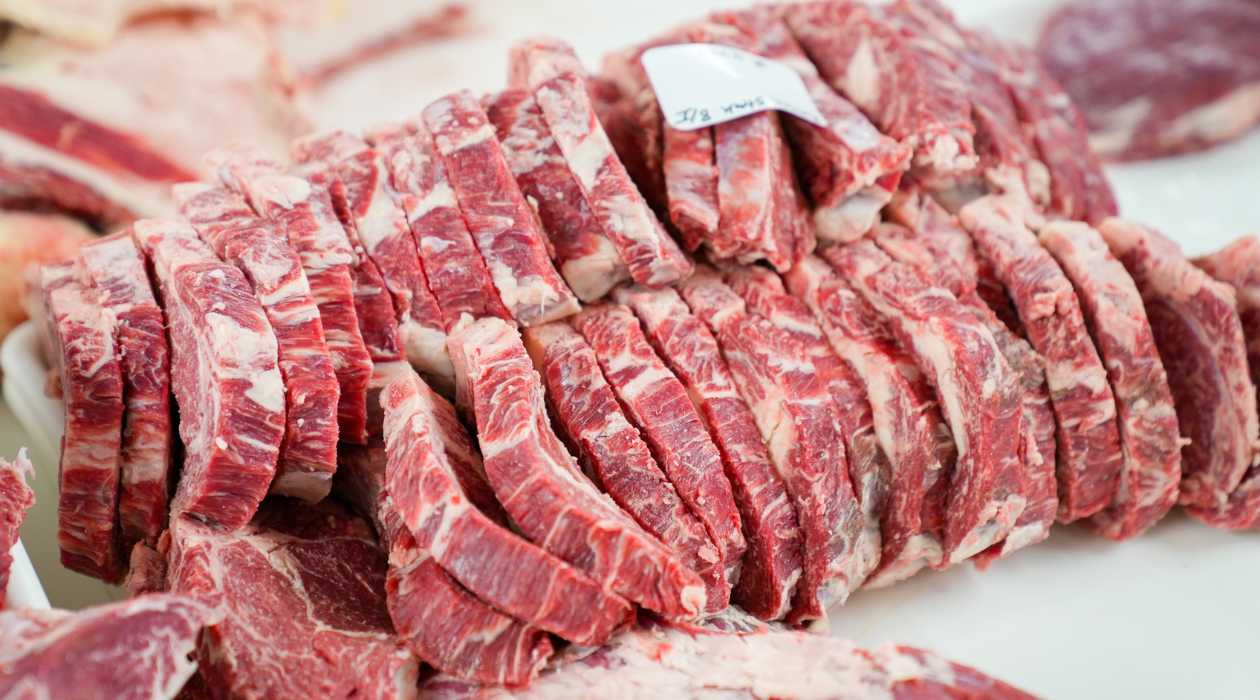

Landscaping Ideas
What Is The Difference Between Grass-Fed Beef And Regular Beef
Modified: September 2, 2024
Learn about the distinction between grass-fed beef and regular beef and make informed choices for your landscaping ideas. Understand the benefits and differences to make the best decision for your needs.
(Many of the links in this article redirect to a specific reviewed product. Your purchase of these products through affiliate links helps to generate commission for Storables.com, at no extra cost. Learn more)
Introduction
When it comes to choosing beef, the decision often extends beyond mere preference for a particular cut. In recent years, the distinction between grass-fed beef and regular beef has garnered significant attention, prompting consumers to delve deeper into the nuances of each option. Understanding the differences between these two types of beef is crucial for making informed choices that align with personal dietary preferences, environmental concerns, and ethical considerations.
Grass-fed beef and regular beef are not created equal. The disparities between the two extend beyond the diet of the cattle to encompass nutritional content, environmental impact, and animal welfare. By exploring these factors, consumers can gain a comprehensive understanding of the implications associated with their beef consumption choices.
In this article, we will delve into the distinctive characteristics of grass-fed beef and regular beef, shedding light on the nutritional disparities, environmental implications, animal welfare considerations, and the discernible contrasts in taste and quality. By the end of this exploration, you will possess a well-rounded understanding of the differences between grass-fed beef and regular beef, empowering you to make informed decisions that resonate with your values and preferences.
Key Takeaways:
- Grass-fed beef offers higher levels of essential nutrients, supporting heart health and overall well-being. It’s a more sustainable choice, promoting soil health and biodiversity while aligning with ethical animal welfare practices.
- Grass-fed beef has a robust, earthy flavor and offers a unique culinary experience. It’s a healthier and more environmentally friendly option that allows for diverse flavor profiles and culinary possibilities.
Read more: What Is Grass-Fed Beef
Nutritional Differences
One of the most significant distinctions between grass-fed beef and regular beef lies in their nutritional profiles. Grass-fed beef is renowned for its superior nutritional composition, boasting higher levels of essential nutrients that contribute to overall health and well-being. Unlike regular beef, which is primarily derived from cattle raised on a diet of grains and soy, grass-fed beef is sourced from cattle that graze on pasture for the entirety of their lives.
Grass-fed beef is notably higher in beneficial nutrients such as omega-3 fatty acids, conjugated linoleic acid (CLA), and antioxidant vitamins, including vitamin E. These components play a pivotal role in supporting heart health, reducing inflammation, and bolstering the body’s defense against oxidative stress. In contrast, regular beef tends to contain higher levels of saturated fats, which have been linked to an increased risk of cardiovascular ailments when consumed in excess.
Furthermore, grass-fed beef is recognized for its elevated levels of beta-carotene, a precursor to vitamin A, as well as higher concentrations of B vitamins, including thiamine and riboflavin. These essential nutrients are integral to various bodily functions, encompassing energy metabolism, cognitive function, and immune system support. By opting for grass-fed beef, individuals can augment their dietary intake of these vital nutrients, thereby fortifying their overall nutritional profile.
It is important to note that the superior nutritional content of grass-fed beef is attributed to the cattle’s natural grazing diet, which enables them to ingest a diverse array of grasses, herbs, and legumes. This varied diet enriches the meat with a broader spectrum of nutrients, setting it apart from the comparatively homogeneous diet of grain-fed cattle.
In summary, the nutritional disparities between grass-fed beef and regular beef underscore the potential health benefits associated with the former. By opting for grass-fed beef, individuals can elevate their nutrient intake, reduce their exposure to harmful saturated fats, and fortify their overall well-being through the consumption of a more nutritionally dense and wholesome meat option.
Environmental Impact
The choice between grass-fed beef and regular beef extends beyond individual health considerations to encompass broader environmental implications. The methods employed in cattle farming, particularly regarding feed and grazing practices, significantly influence the environmental footprint of beef production.
Grass-fed beef production is often lauded for its comparatively lower environmental impact when juxtaposed with conventional grain-fed beef. Cattle raised on pasture consume a diet that is inherently sustainable, as it relies on natural forage resources rather than extensive cultivation of grains and soy. This grazing approach mitigates the environmental strain associated with monocrop cultivation, excessive water consumption, and the utilization of synthetic fertilizers and pesticides, which are prevalent in the production of cattle feed.
Moreover, the rotational grazing systems employed in many grass-fed beef operations contribute to soil health and carbon sequestration, fostering a more regenerative agricultural model. By allowing cattle to graze on diverse pastures and periodically rotating their grazing areas, grass-fed beef producers promote soil fertility, biodiversity, and carbon retention, thereby mitigating the ecological impact of beef production.
In contrast, the production of regular beef often entails intensive grain cultivation, which necessitates substantial land use, water consumption, and chemical inputs. The reliance on monoculture farming practices for cattle feed contributes to deforestation, soil degradation, and greenhouse gas emissions, amplifying the environmental strain associated with conventional beef production.
By opting for grass-fed beef, consumers can align their dietary choices with environmentally conscious practices, supporting a more sustainable and ecologically benign approach to beef production. The environmental benefits of grass-fed beef extend beyond individual dietary decisions, resonating with broader conservation efforts and sustainable agricultural practices.
In essence, the choice between grass-fed beef and regular beef transcends personal dietary preferences, encompassing a broader environmental impact that resonates with sustainable agriculture, resource conservation, and ecological stewardship. By opting for grass-fed beef, individuals can contribute to a more environmentally sustainable food system, thereby aligning their dietary choices with broader ecological imperatives.
When choosing between grass-fed and regular beef, consider that grass-fed beef is leaner, higher in omega-3 fatty acids, and may have higher levels of certain vitamins and antioxidants compared to regular beef.
Animal Welfare
When evaluating the distinction between grass-fed beef and regular beef, considerations of animal welfare emerge as a pivotal aspect of the discourse. The rearing and treatment of cattle in the beef production process significantly influence the well-being and ethical implications associated with consuming beef products.
Grass-fed beef is often associated with a more humane and natural approach to cattle farming, as it aligns with the animal’s inherent dietary inclinations and behavioral patterns. Cattle raised on pasture are afforded the opportunity to graze in open spaces, exhibit natural foraging behaviors, and engage in a more unrestricted and natural lifestyle. This grazing model fosters a closer semblance to the cattle’s natural habitat and behavioral instincts, thereby promoting their overall welfare and psychological well-being.
Conversely, the conventional production of regular beef often entails confining cattle in concentrated animal feeding operations (CAFOs), where they are subjected to crowded and confined living conditions that are incongruous with their natural inclinations. The intensive confinement and restricted mobility prevalent in CAFOs can engender stress, discomfort, and compromised welfare for the cattle, raising ethical concerns regarding their treatment and quality of life.
Furthermore, the diet of grain-fed cattle in conventional beef production may necessitate the use of growth-promoting additives, antibiotics, and other pharmaceutical interventions to mitigate the health implications associated with this dietary regimen. These practices, while aimed at optimizing production efficiency, can raise ethical apprehensions regarding the welfare and natural physiological processes of the cattle.
By opting for grass-fed beef, consumers can align their dietary choices with a more ethical and welfare-conscious approach to beef production, supporting farming practices that prioritize the natural behaviors and well-being of the cattle. The emphasis on open grazing, natural foraging, and unrestricted movement in grass-fed beef operations underscores a commitment to ethical and humane treatment of the animals throughout the production process.
In essence, the choice between grass-fed beef and regular beef transcends mere dietary preferences, encompassing ethical considerations that resonate with animal welfare, natural living conditions, and humane treatment of livestock. By opting for grass-fed beef, individuals can affirm their commitment to ethical consumption practices that prioritize the welfare and well-being of the animals involved in beef production.
Taste and Quality
When it comes to the culinary experience, the disparities between grass-fed beef and regular beef extend beyond nutritional and ethical considerations to encompass discernible contrasts in taste and quality. The distinct characteristics of each type of beef contribute to unique flavor profiles, textural attributes, and overall gustatory experiences, shaping the preferences of consumers and culinary enthusiasts.
Grass-fed beef is celebrated for its robust and earthy flavor, which is often attributed to the varied and natural diet of the cattle. The grazing regimen of grass-fed cattle, which encompasses an array of grasses, herbs, and legumes, infuses the meat with nuanced flavors and a depth of complexity that distinguishes it from conventional grain-fed beef. The resulting taste profile of grass-fed beef is often described as rich, savory, and imbued with subtle hints of the pasture’s botanical diversity.
Conversely, regular beef, derived from cattle raised on a diet of grains and soy, tends to exhibit a milder and more uniform flavor profile. The concentrated and consistent nature of the cattle’s diet in conventional beef production can yield meat with a more predictable taste and texture, characterized by familiar notes that are emblematic of traditional beef consumption.
Furthermore, the nutritional composition of grass-fed beef, which includes higher levels of beneficial nutrients such as omega-3 fatty acids and antioxidant vitamins, can contribute to the overall quality of the meat. The nuanced interplay of nutrients, coupled with the cattle’s natural grazing diet, can yield meat that is esteemed for its tenderness, marbling, and succulence, enhancing the overall quality of the culinary experience.
Ultimately, the choice between grass-fed beef and regular beef transcends mere dietary considerations, resonating with the nuanced preferences and discerning palates of consumers. The distinct flavor profiles and textural attributes of each type of beef cater to diverse culinary inclinations, allowing individuals to curate their dining experiences in alignment with their flavor preferences and culinary aspirations.
In essence, the choice between grass-fed beef and regular beef encompasses a nuanced exploration of taste and quality, inviting consumers to embrace the diverse flavor profiles and culinary possibilities offered by each type of beef. By considering the gustatory dimensions of their beef consumption choices, individuals can elevate their culinary experiences and savor the distinctive attributes of grass-fed and regular beef with discerning appreciation.
Read more: What Is Considered Grass-Fed Beef
Conclusion
The distinction between grass-fed beef and regular beef encompasses a multifaceted exploration of dietary choices, environmental impact, animal welfare, and culinary experiences. By delving into the nuances of each type of beef, consumers can make informed decisions that resonate with their nutritional preferences, ethical considerations, and culinary inclinations.
Grass-fed beef emerges as a compelling option for individuals seeking a more nutritionally dense and wholesome meat, characterized by elevated levels of essential nutrients, omega-3 fatty acids, and antioxidant vitamins. The superior nutritional composition of grass-fed beef aligns with a health-conscious approach to dietary choices, offering potential benefits for heart health, inflammation reduction, and overall well-being.
From an environmental standpoint, the production of grass-fed beef embodies a more sustainable and ecologically benign approach to beef farming, characterized by regenerative grazing practices, soil health promotion, and reduced reliance on resource-intensive monoculture cultivation. By opting for grass-fed beef, consumers can align their dietary choices with broader environmental imperatives, contributing to sustainable agriculture and resource conservation.
Considerations of animal welfare further underscore the appeal of grass-fed beef, as it aligns with more humane and natural farming practices that prioritize the well-being, natural behaviors, and quality of life of the cattle. The emphasis on open grazing, unrestricted movement, and natural dietary inclinations resonates with ethical consumption practices, fostering a deeper connection between dietary choices and animal welfare considerations.
Furthermore, the distinct taste profiles and culinary attributes of grass-fed beef and regular beef invite consumers to explore diverse flavor experiences and textural nuances, allowing for a nuanced appreciation of the culinary possibilities offered by each type of beef. By considering the gustatory dimensions of their beef consumption choices, individuals can elevate their dining experiences and savor the distinctive attributes of grass-fed and regular beef with discerning appreciation.
In essence, the choice between grass-fed beef and regular beef transcends mere dietary preferences, encompassing a broader exploration of nutritional, environmental, ethical, and culinary dimensions. By embracing a comprehensive understanding of the disparities between these two types of beef, consumers can make informed decisions that resonate with their values, preferences, and aspirations for a holistic and conscientious approach to beef consumption.
Frequently Asked Questions about What Is The Difference Between Grass-Fed Beef And Regular Beef
Was this page helpful?
At Storables.com, we guarantee accurate and reliable information. Our content, validated by Expert Board Contributors, is crafted following stringent Editorial Policies. We're committed to providing you with well-researched, expert-backed insights for all your informational needs.
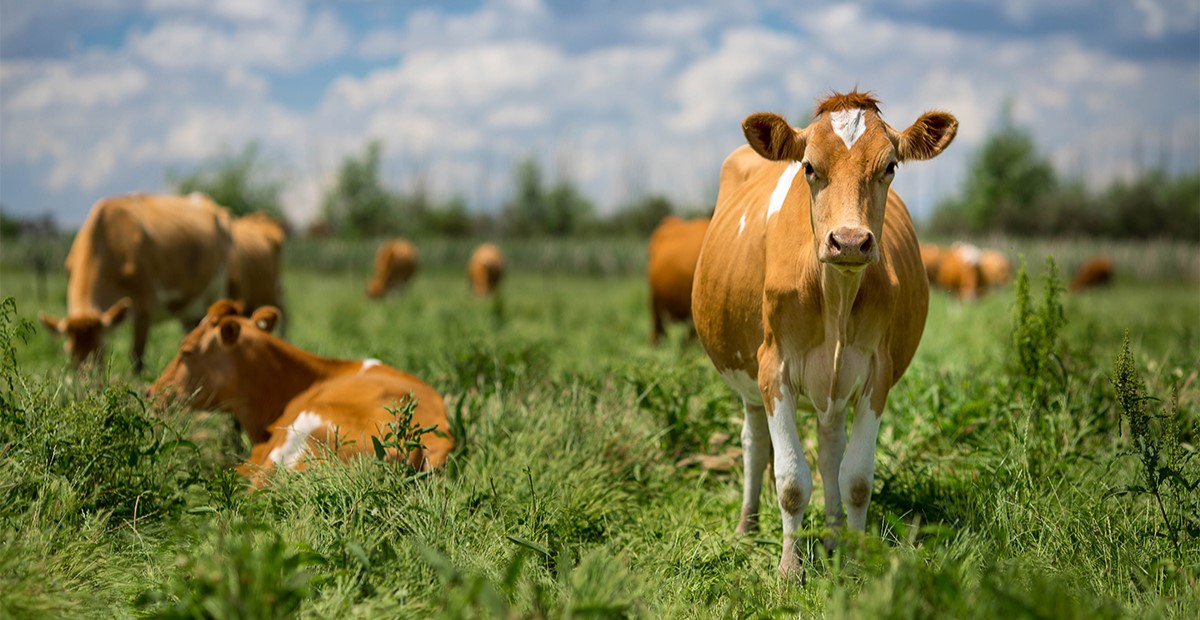


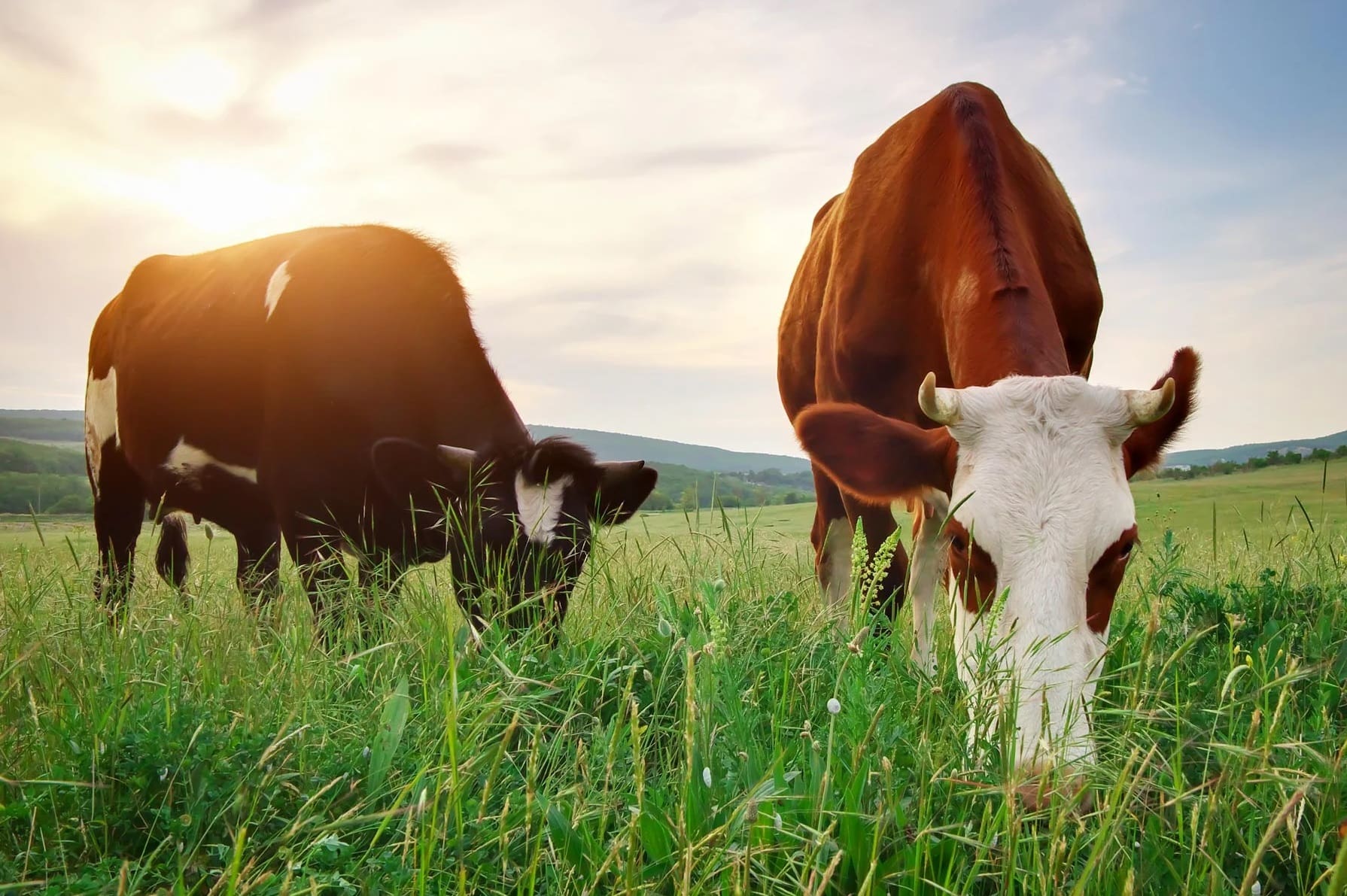
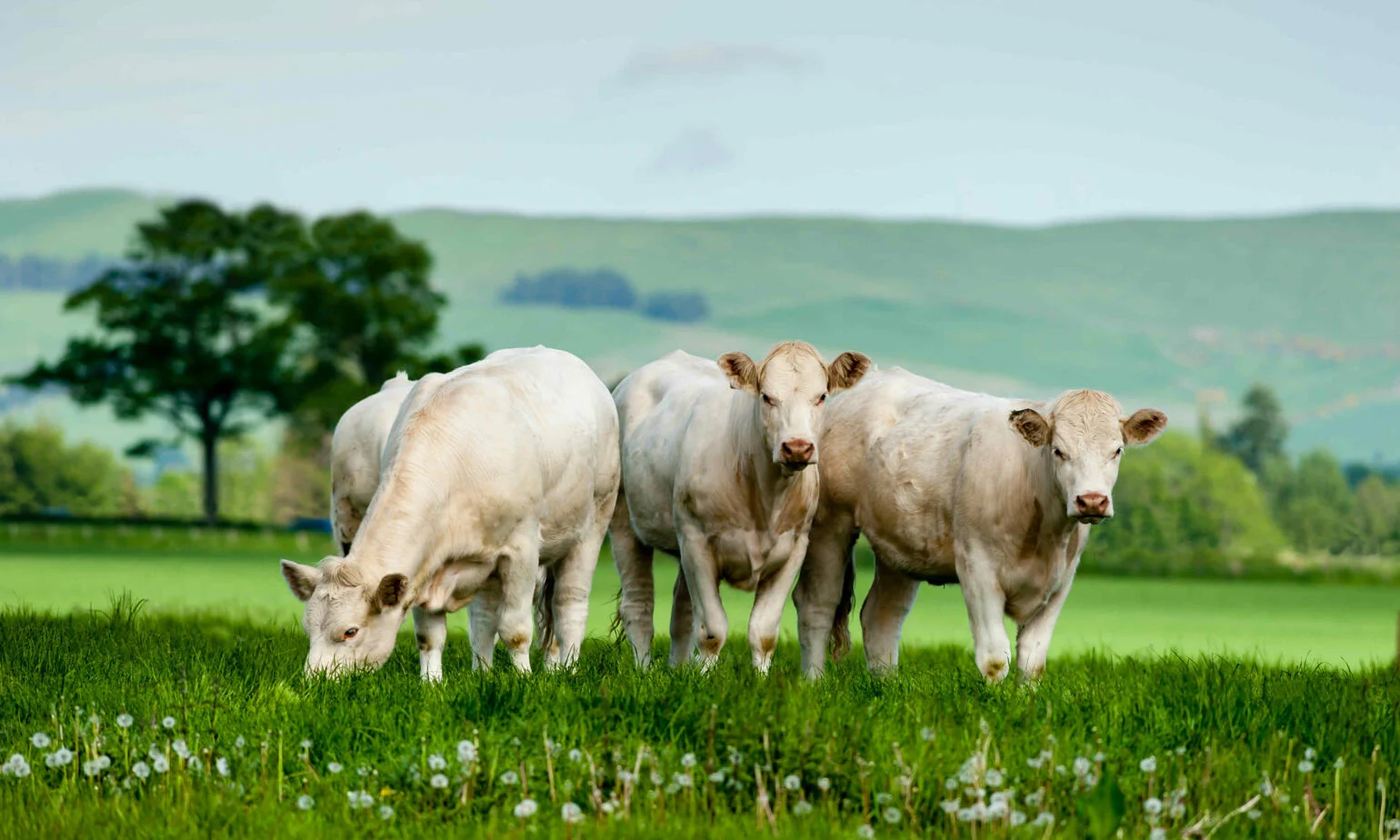
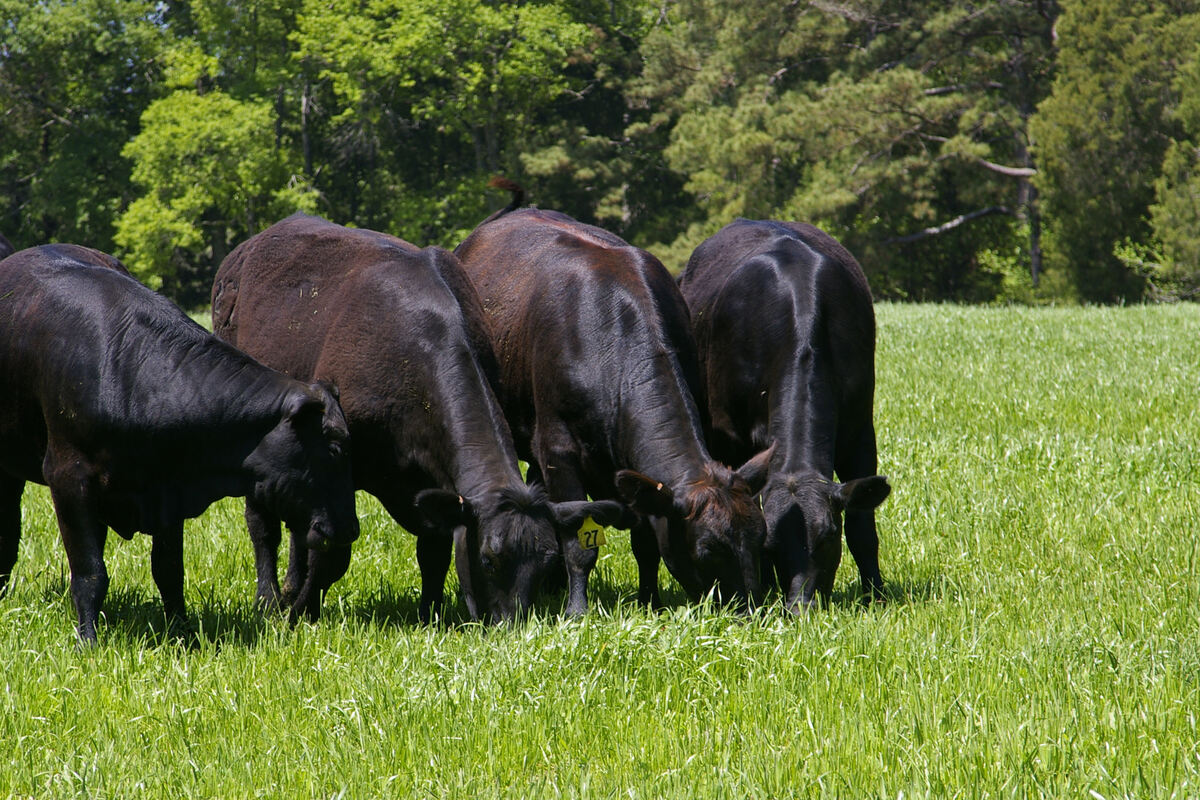


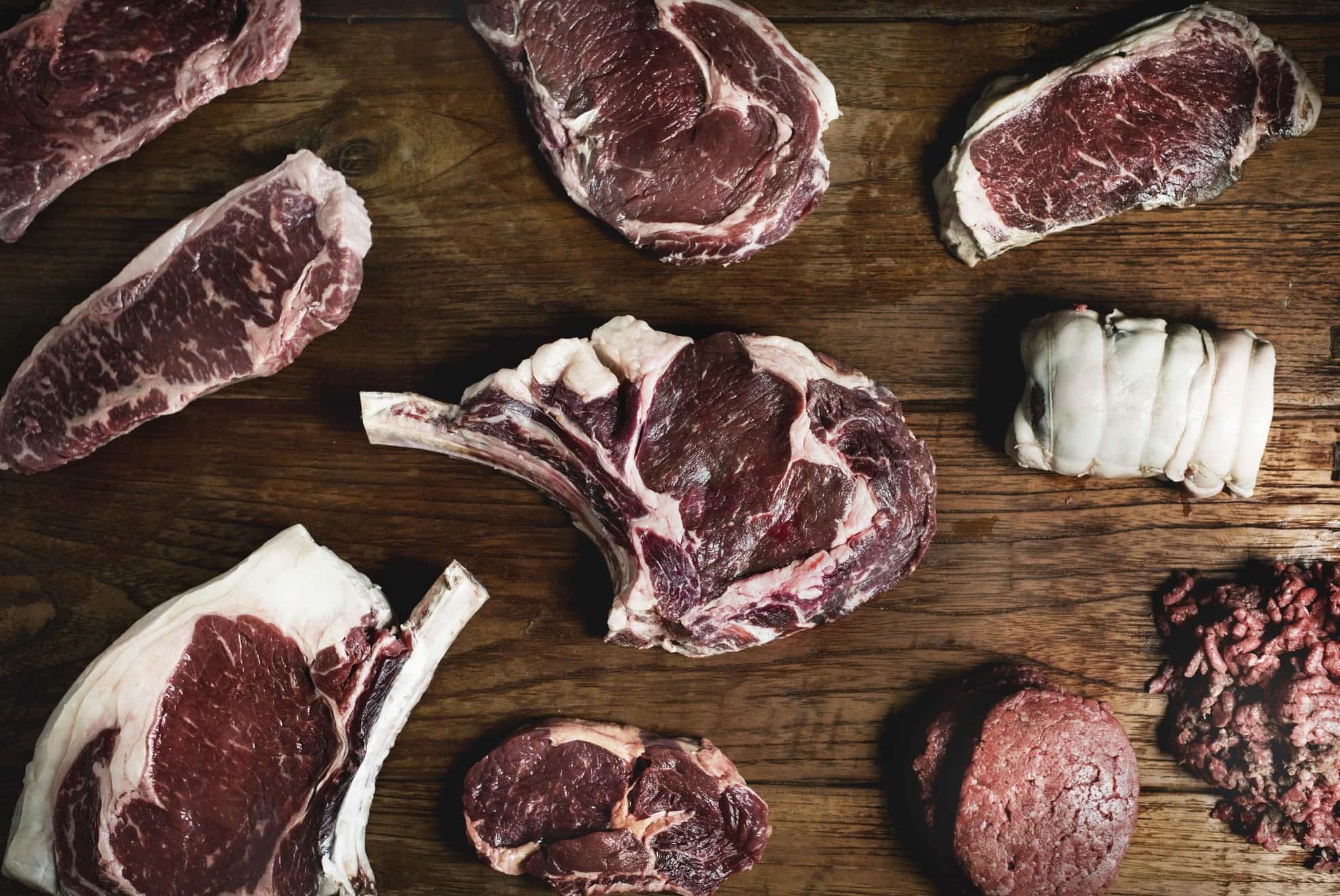
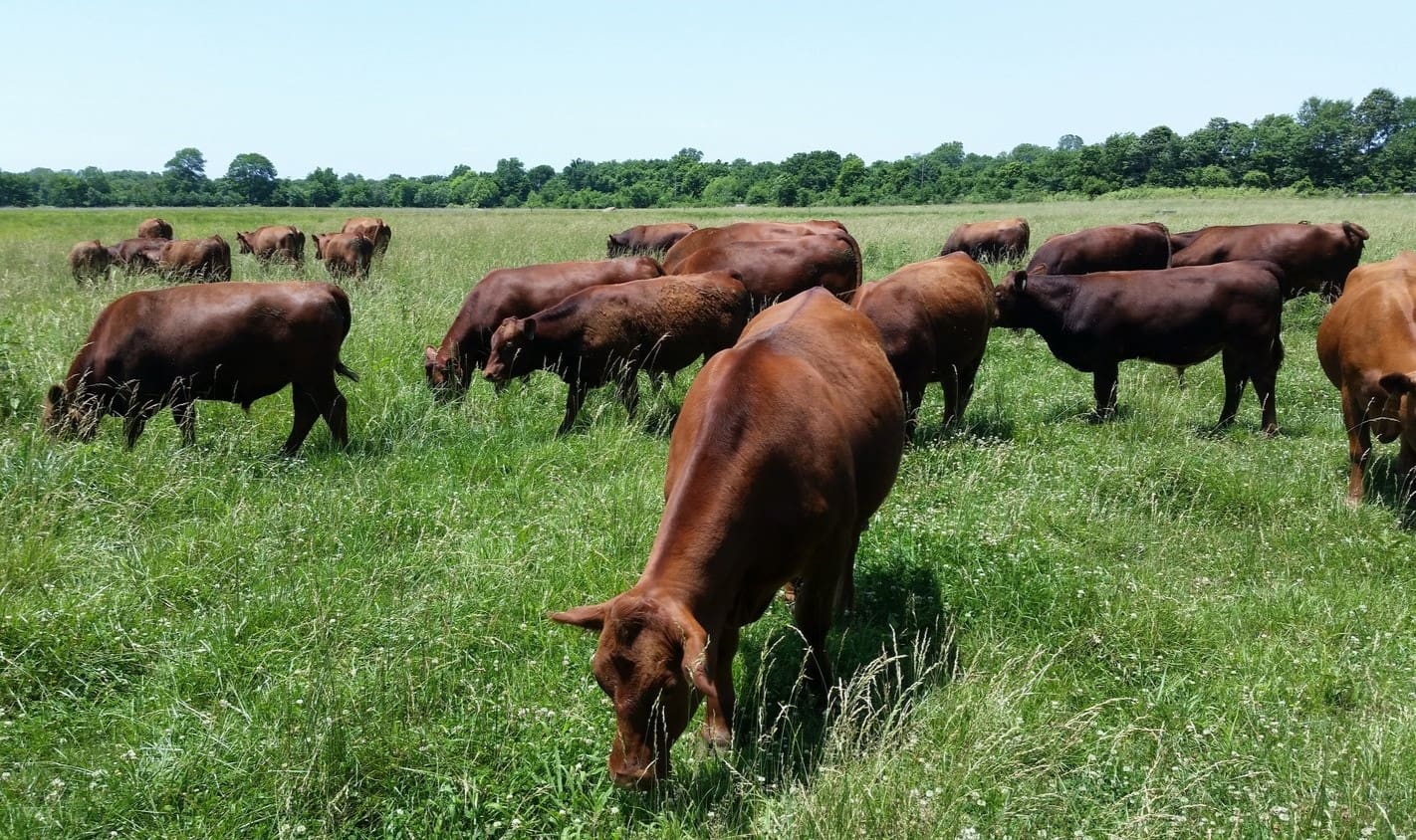
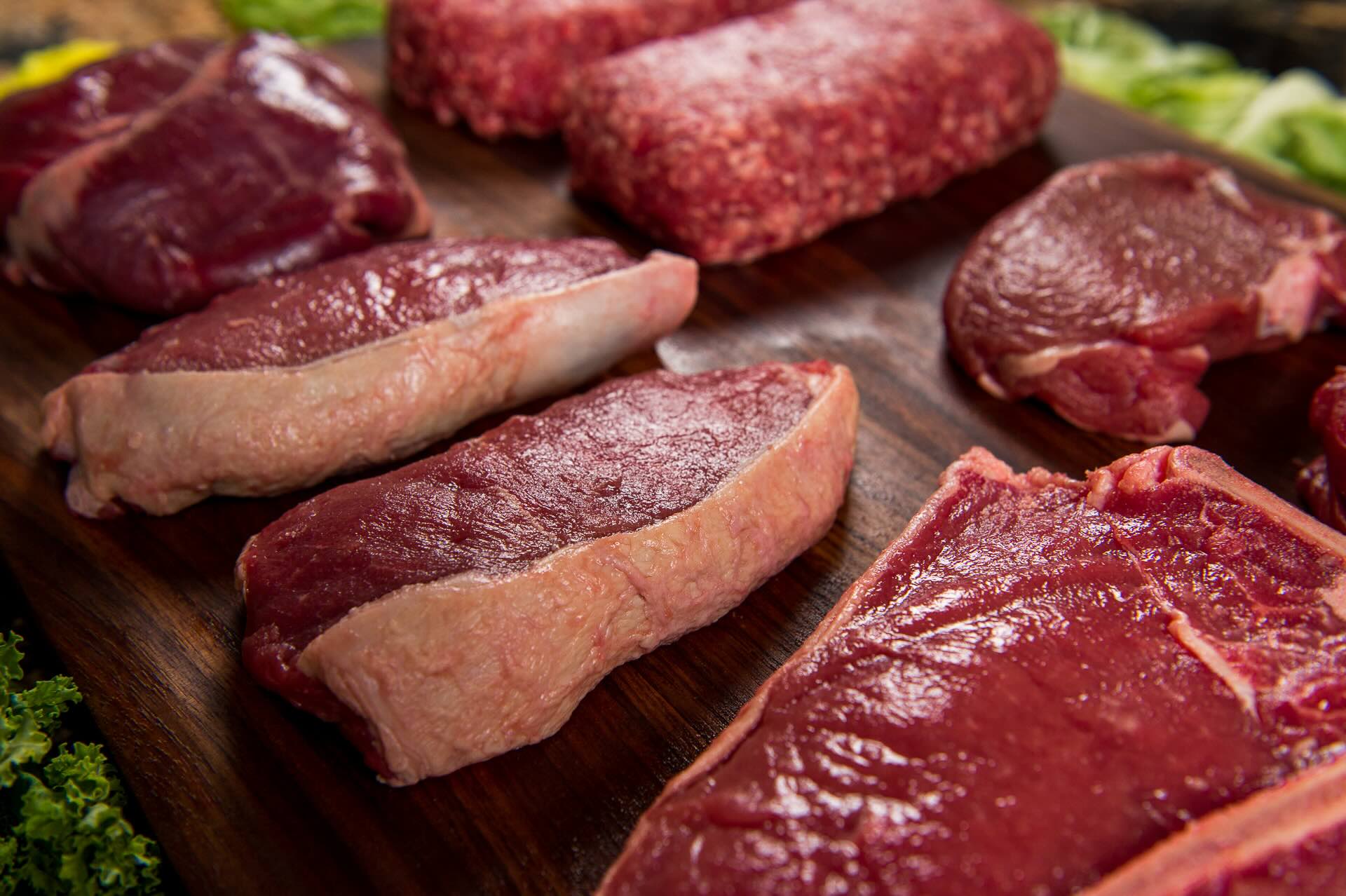
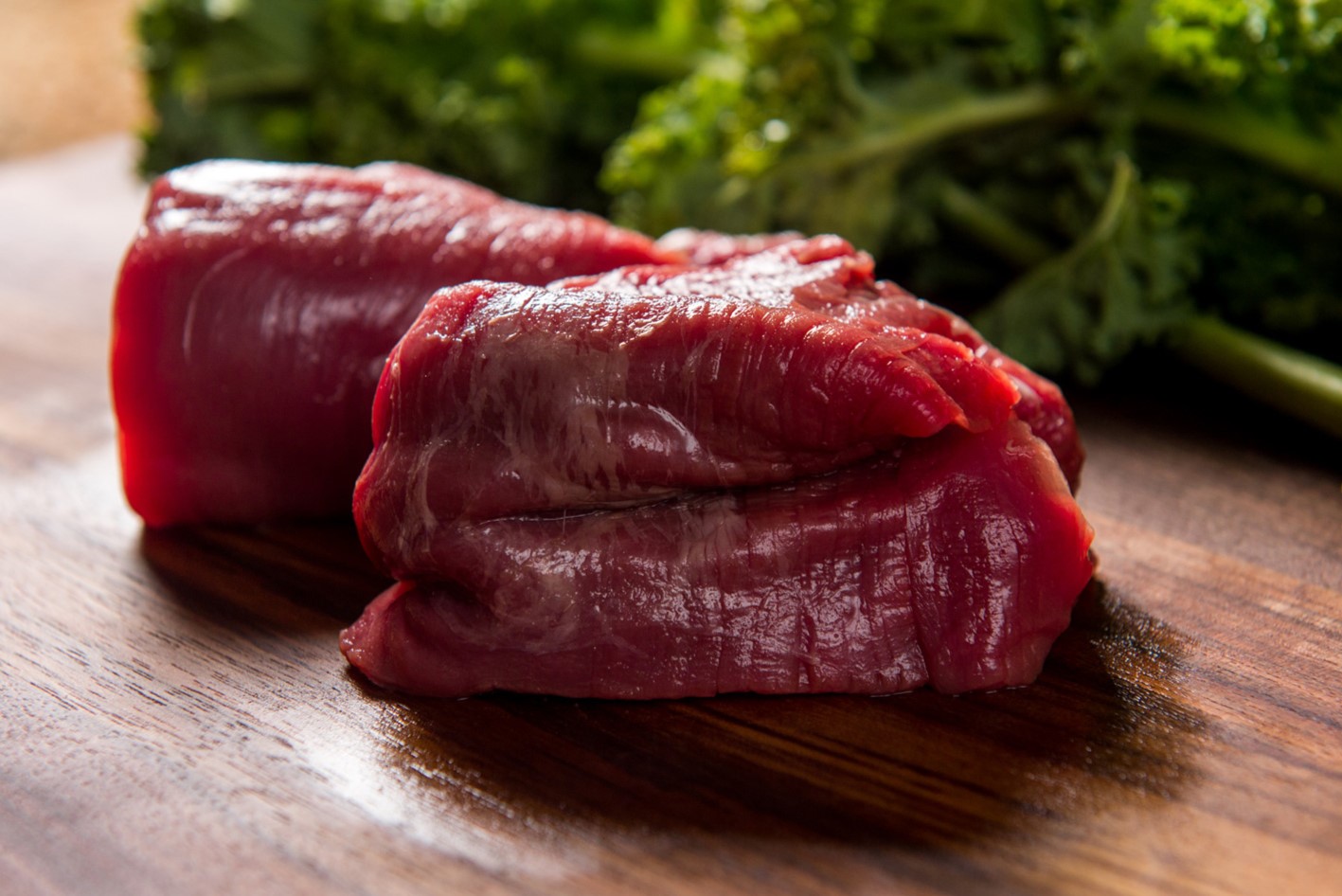

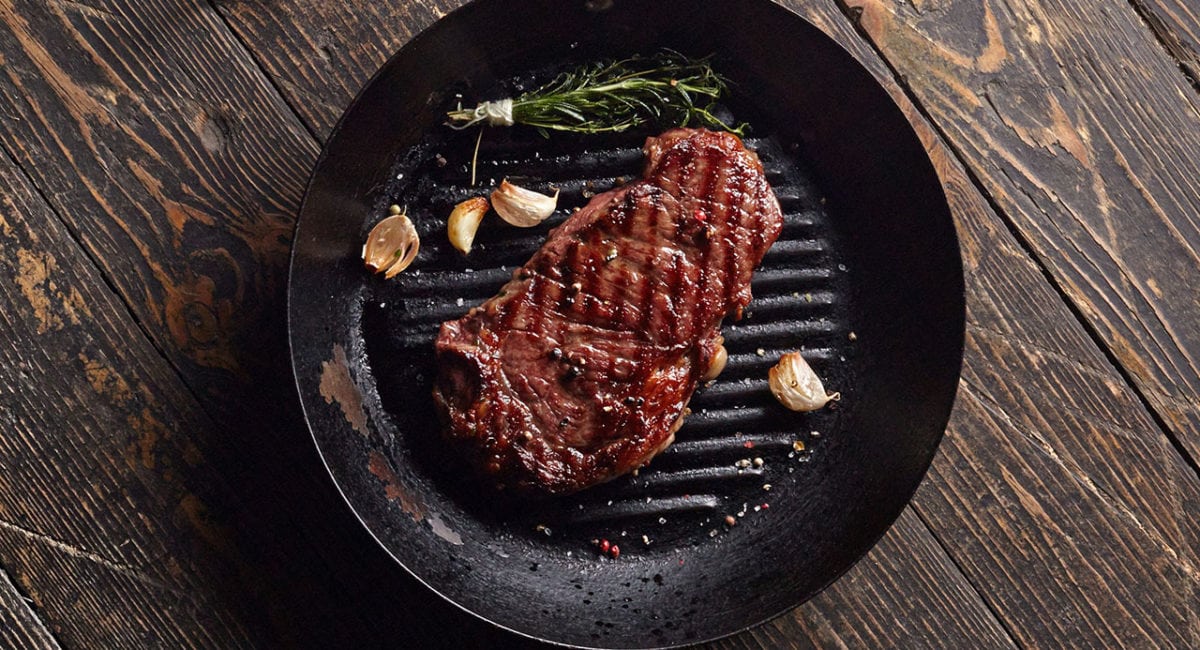

0 thoughts on “What Is The Difference Between Grass-Fed Beef And Regular Beef”